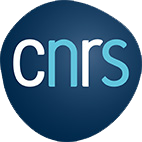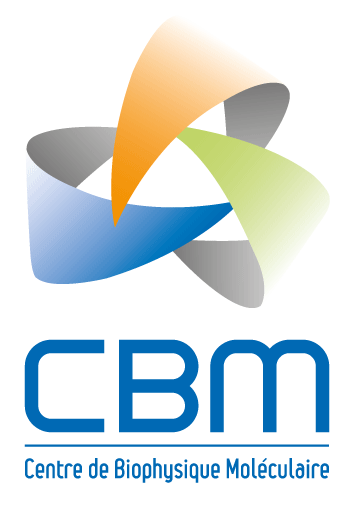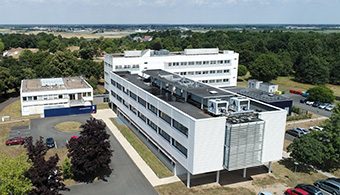An Atypical Mechanism of SUMOylation of Neurofibromin SecPH Domain Provides New Insights into SUMOylation Site Selection
Résumé
Neurofibromin (Nf1) is a giant multidomain protein encoded by the tumour-suppressor gene NF1. NF1 is mutated in a common genetic disease, neurofibromatosis type I (NF1), and in various cancers. The protein has a Ras-GAP (GTPase activating protein) activity but is also connected to diverse signalling pathways through its SecPH domain, which interacts with lipids and different protein partners. We previously showed that Nf1 partially colocalized with the ProMyelocytic Leukemia (PML) protein in PML nuclear bodies, hotspots of SUMOylation, thereby suggesting the potential SUMOylation of Nf1. Here, we demonstrate that the full-length isoform 2 and a SecPH fragment of Nf1 are substrates of the SUMO pathway and identify a well-defined SUMOylation profile of SecPH with two main modified lysines. One of these sites, K1731, is highly conserved and surface-exposed. Despite the presence of an inverted SUMO consensus motif surrounding K1731, and a potential SUMO-interacting motif (SIM) within SecPH, we show that neither of these elements is necessary for K1731 SUMOylation, which is also independent of Ubc9 SUMOylation on K14. A 3D model of an interaction between SecPH and Ubc9 centred on K1731, combined with site-directed mutagenesis, identifies specific structural elements of SecPH required for K1731 SUMOylation, some of which are affected in reported NF1 pathogenic variants. This work provides a new example of SUMOylation dependent on the tertiary rather than primary protein structure surrounding the modified site, expanding our knowledge of mechanisms governing SUMOylation site selection.
Fichier principal
 Bergoug et al. 2024 Texte.pdf (390.31 Ko)
Télécharger le fichier
Bergoug et al. 2024 Figures.pdf (1.9 Mo)
Télécharger le fichier
Bergoug et al. 2024 Texte.pdf (390.31 Ko)
Télécharger le fichier
Bergoug et al. 2024 Figures.pdf (1.9 Mo)
Télécharger le fichier
| Origine | Fichiers produits par l'(les) auteur(s) |
|---|
| Origine | Fichiers produits par l'(les) auteur(s) |
|---|


